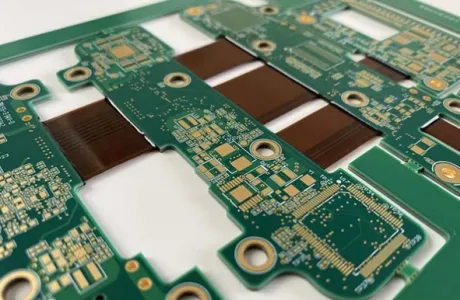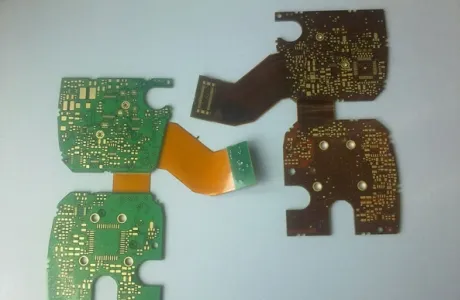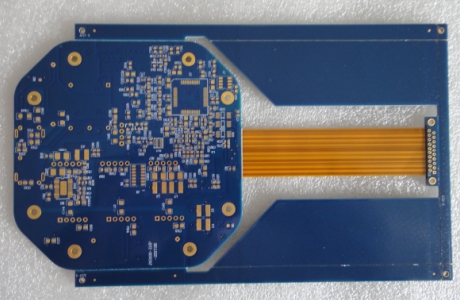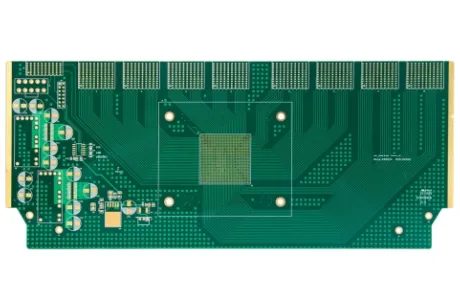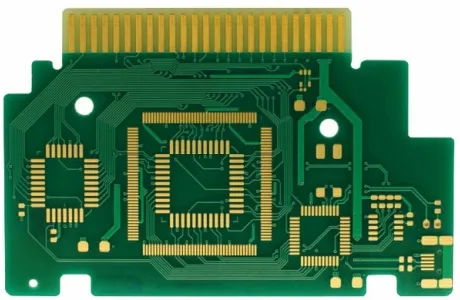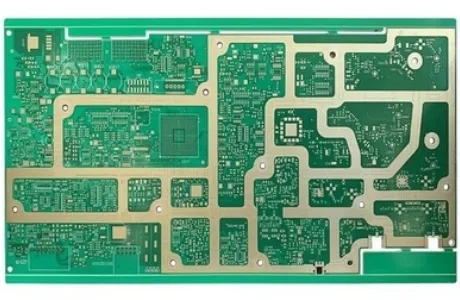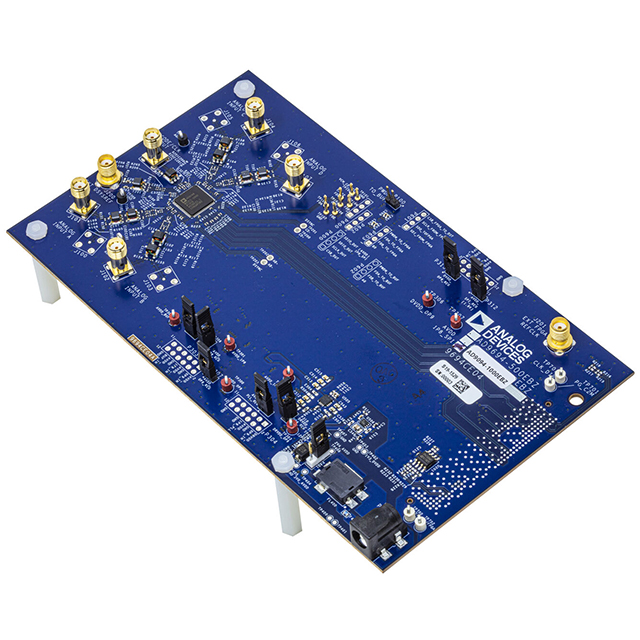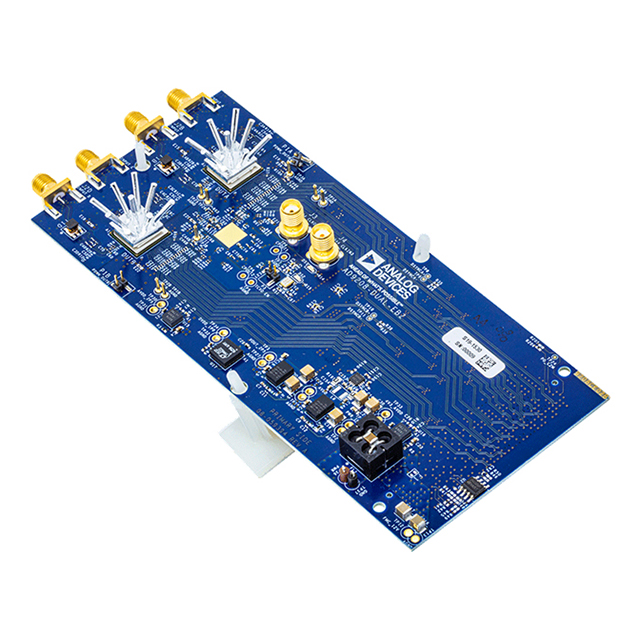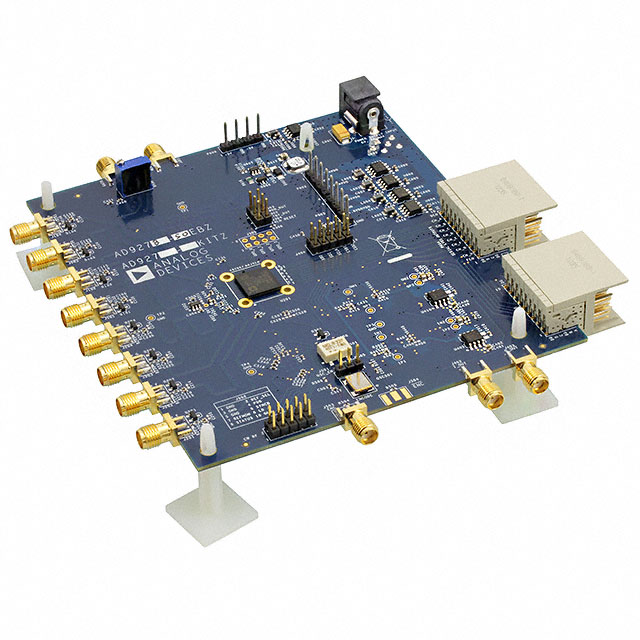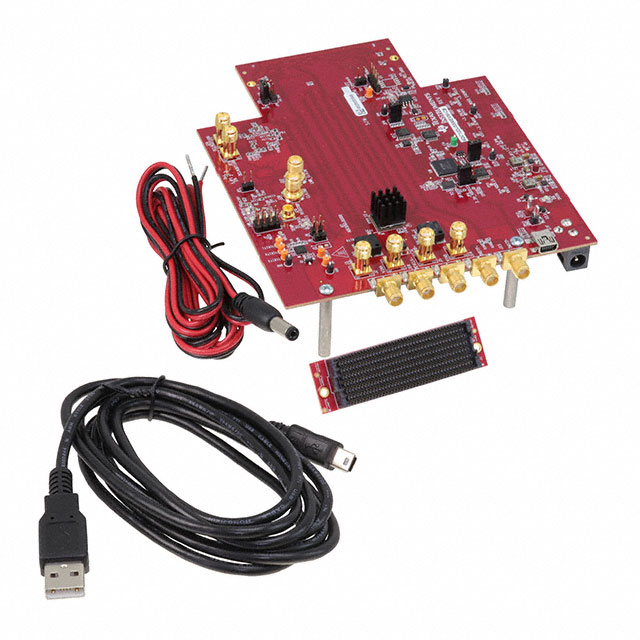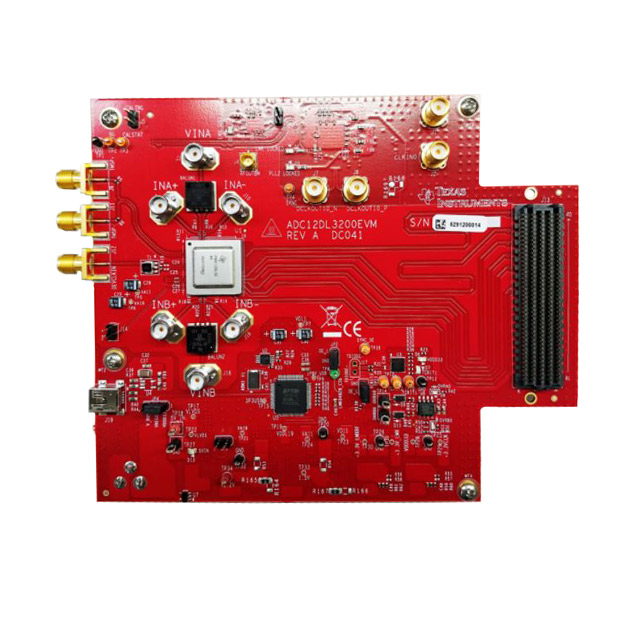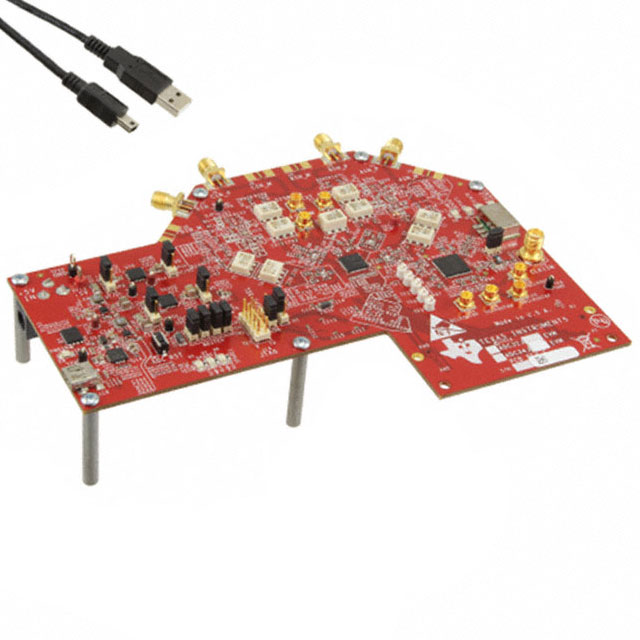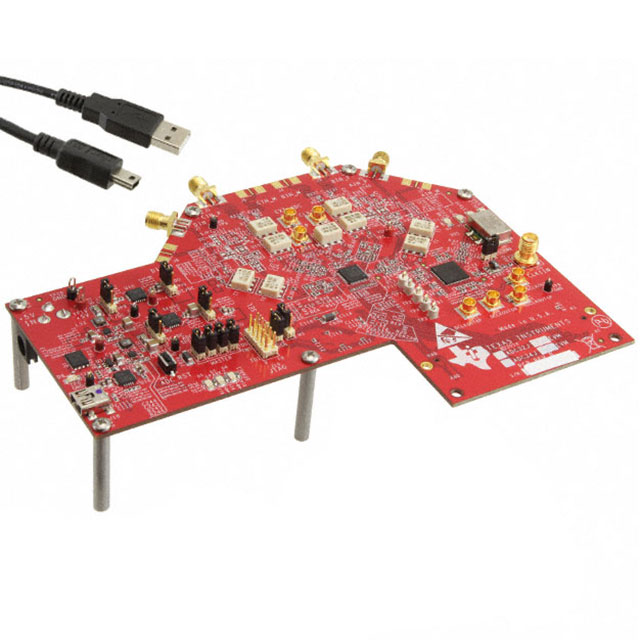
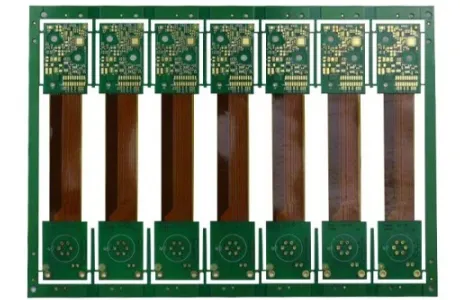
6-layer Immersion Gold Medical Soft-hard Combination PCB Board
Description :
6-layer immersion gold medical hard-soft combination PCB board is one of the hard-soft PCBs developed and produced by Gnee Company. It is made of high TG plate and rolled copper foil with good bending performance through multiple laser and CNC molding. This manufacturing process offers the board good heat resistance, moisture resistance, chemical resistance, stability resistance, and bending resistance. Thus the board is suitable for various medical equipment, such as medical imaging equipment, medical monitoring equipment, treatment equipment, etc.Product Details:
6 layer Immersion Gold Medical Soft-hard Combination PCB BoardIntroduction
layer immersion gold medical soft-hard combination PCB board is a type of printed circuit board (PCB) that is specifically designed for medical applications. It consists of six layers of conductive material and is coated with immersion gold as a surface finish. The term "soft-hard combination" refers to the combination of flexible and rigid materials used in the construction of the PCB.
Immersion Gold Process
Immersion gold is a process that applies a very thin layer of gold with the displacement of the surface atoms. It means the coating of immersion gold PCB is not very thick, and it can be used for extending the shelf life of parts waiting for soldering operations because of corrosion resistance. Immersion gold has been applied in aluminum and gold wire bonding and PCB fabrication. But it can’t be used to take place electrolytic gold plating because its thickness and adhesion are limited compared to a standard electroplated gold. Generally speaking, the immersion gold surface finish provides several benefits, including strong conductivity, good oxidation resistance, and long life. It is commonly used in applications that require high reliability and performance, such as medical devices.
6-layer Immersion Gold Medical Soft-hard Combination PCB Board Parameter
| Number of layers | 6 |
| Substrate | FR4 |
| Thickness | 1.0mm |
| Surface Treatment | Immersion Gold |
| Special Process | / |
| Stacking Layers | 2R+2F+2R |
| Minimum aperture | 0.2mm |
| line width line spacing | 5/5mil |
| Applications | specifically designed for use in medical devices like medical anesthesia machine
|
6-layer Immersion Gold Medical Soft-hard Combination PCB Board Features
1. Conductivity and Oxidation Resistance: The immersion gold surface finish provides strong conductivity and good oxidation resistance, making it suitable for high-reliability applications like medical devices.
2. Long Life: The gold coating on the PCB board has a long lifespan, contributing to the durability and reliability of the board.
3. Soft Gold Surface: Immersion gold is considered a soft gold surface compared to gold plating. This means it may be less wear-resistant but offers other advantages such as easier soldering and better stress control.
4. Firm Soldering: The immersion gold board has only nickel gold on the pad, which allows for a more secure soldering connection with the copper layer.
5. Flat Surface: Immersion gold PCBs typically have a flat surface, which is beneficial for applications with higher flatness requirements.
6. Flexible and Rigid Combination: The 6-layer immersion gold medical soft-hard combination PCB board combines both flexible and rigid materials, allowing for versatility in design and application.
7. Reliability: The combination of hard boards and soft boards can provide better mechanical support and protection, improving the reliability and stability of the circuit board.
8. High Integration: It can achieve high-density integration, accommodate more circuit components and functional modules, and meet the high-performance and multi-functional needs of medical equipment.
9. Lightweight Design: Compared with traditional hard circuit boards, the 6-layer soft-hard composite board for medical equipment uses lighter materials, which can reduce the weight of medical equipment and make it easier for doctors and patients to operate.
10. Easy to Assemble and Maintain: The design is flexible, easy to realize automated assembly, and reduces production costs. At the same time, its structure also makes the maintenance of the equipment relatively simple.
11. Safety: It has good insulation performance and durability, which can ensure the safe operation of medical equipment and avoid accidents.
6-layer Immersion Gold Medical Soft-hard Combination PCB Board Applications
Medical Equipment: These PCB boards are commonly used in various medical equipment, including medical monitoring devices, diagnostic equipment, imaging systems, surgical instruments, and more. Here are some examples for your reference.
1. Medical Imaging Equipment: In medical imaging equipment, such as CT, MRI, and X-ray machines, 6-layer medical equipment soft-hard board can be used to achieve the collection, processing, and transmission of high-definition images. Its high integration and high-performance features can improve the imaging quality and efficiency of the device.
2. Medical Monitoring Equipment: In medical monitoring equipment, such as electrocardiographs, sphygmomanometers, and ventilators, the 6-layer medical equipment soft-hard board can be used to monitor the patient's physiological parameters in real-time, such as ECG, blood pressure, and respiration. Its high reliability and stability can ensure the accuracy and timeliness of monitoring data.
3. Treatment Equipment: In treatment equipment, such as radiotherapy equipment, laser treatment equipment, and surgical robots, 6-layer medical equipment soft-hard board can be used to achieve precise treatment control and monitoring. Its high integration and high-performance features can improve the safety and effectiveness of treatment effects.
4. In Vitro Diagnostic Equipment: In vitro diagnostic equipment, such as biochemical analyzers, immune analyzers, and blood analyzers, the 6-layer medical equipment soft-hard combination board can be used to integrate and control a variety of diagnostic functions. Its high integration and lightweight design can improve the portability and ease of use of the device.
5. Implantable Medical Equipment: In implantable medical equipment, such as pacemakers, cochlear implants, and neurostimulators, 6-layer medical equipment soft-hard board can be used to achieve long-term stable operation and precise control of the equipment. Its high reliability and safety can ensure the patient's therapeutic effect and quality of life.
In a word, the 6-layer soft-hard composite board for medical equipment has the advantages of high integration, high performance and reliability, lightweight design, easy assembly and maintenance, and safety, and has broad application prospects in the medical field.


